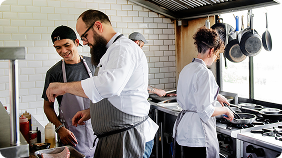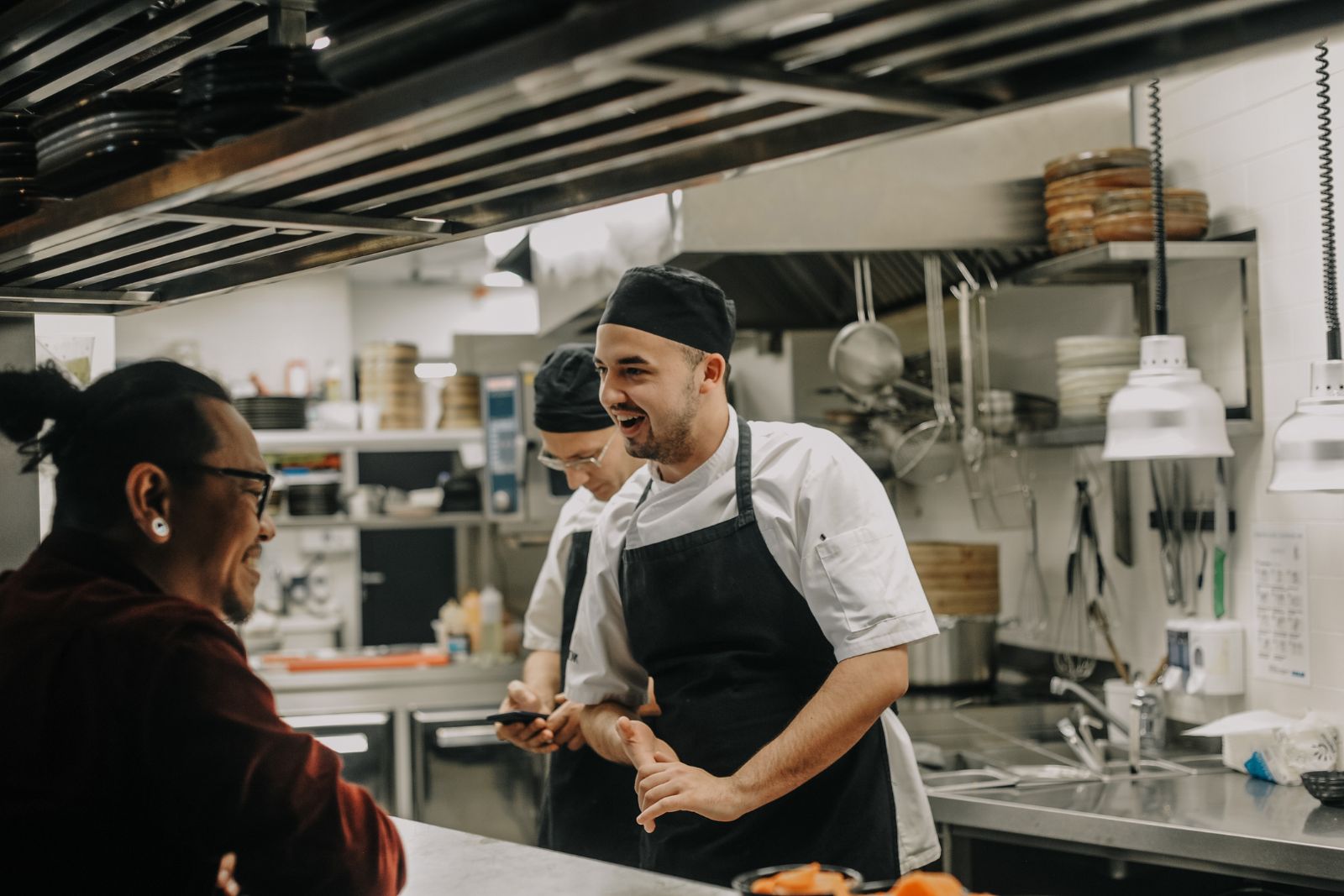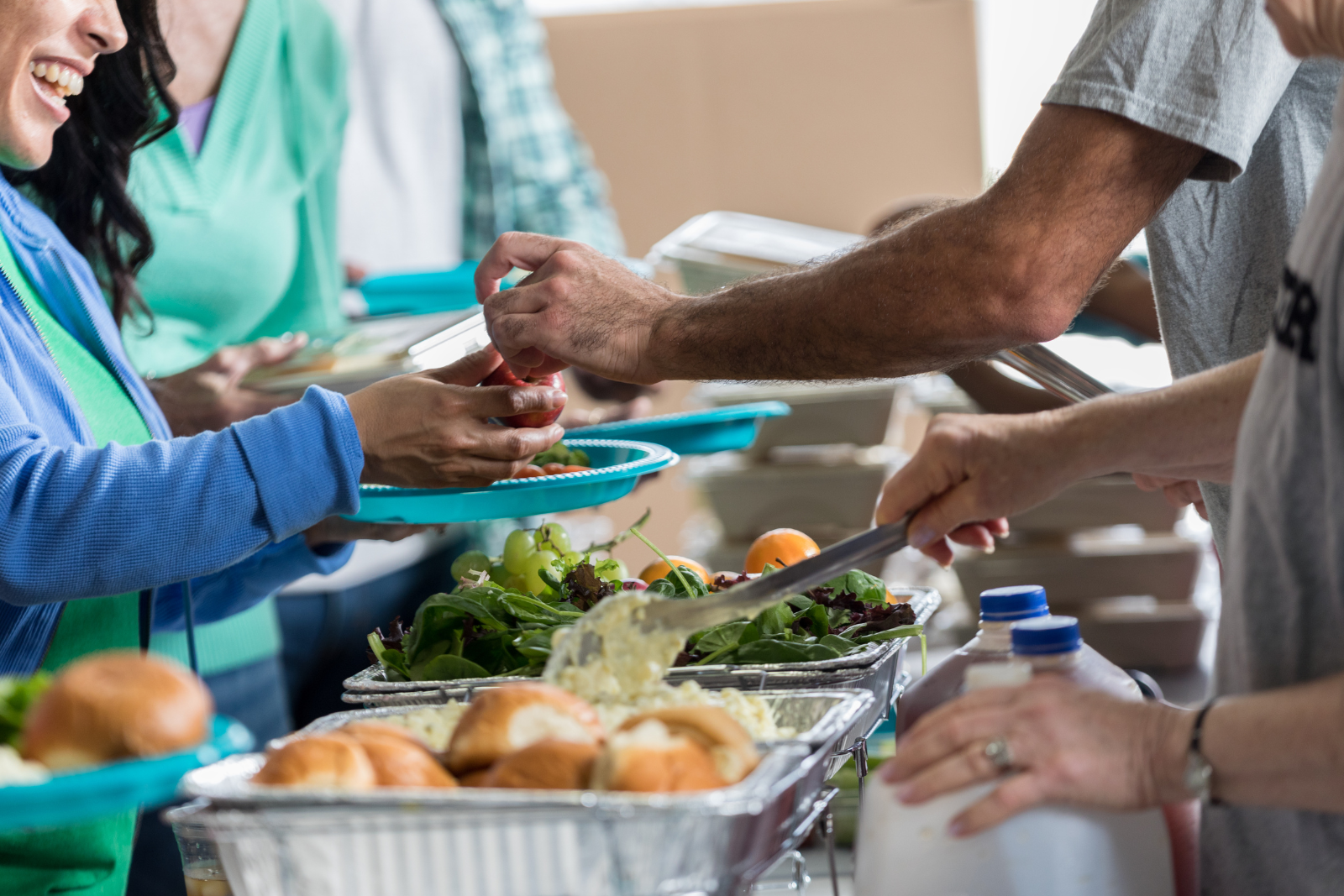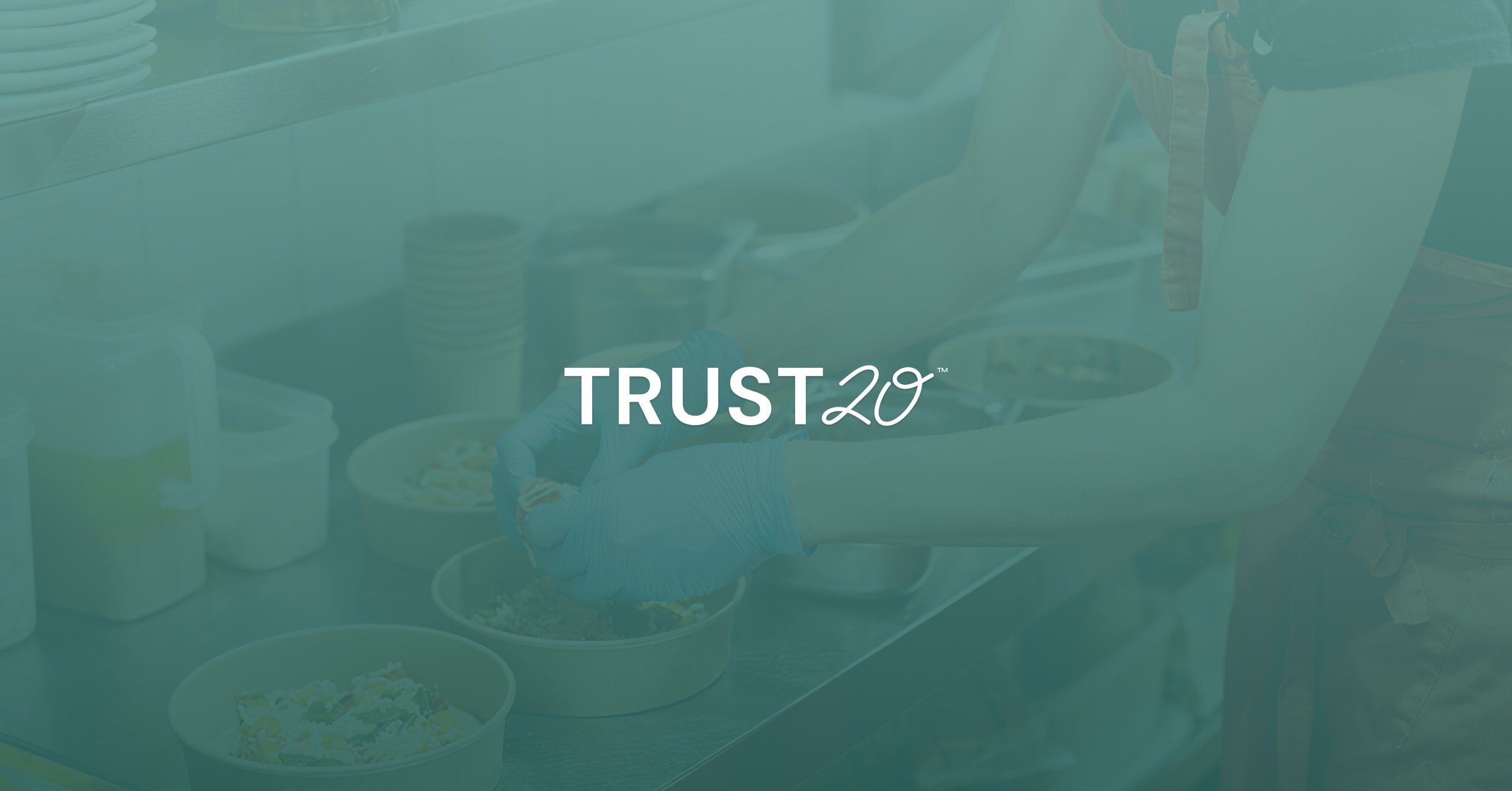The turnover rate in the food industry is notoriously high, so it’s important for businesses to have smooth and efficient onboarding practices for new staff. Building a team seamlessly can help you retain top talent and stay ahead of the competition.
When new staff know exactly what to expect in their new role, where to go with any questions, and that they’ll have the training needed to succeed, they’re much more likely to perform well–and stay on longer.
Having veteran staff in place also means they’re better able to take newcomers under their wing, passing on valuable knowledge about not just this particular kitchen, but the industry as a whole. It also means younger staff see the career opportunities ahead of them, giving them more motivation to succeed.
It all starts with a clear and informative onboarding process–no throwing new staff into the kitchen fire (without at least showing them where the fire extinguishers are first).
What a comprehensive onboarding plan looks like
Building an effective team culture
Audit your onboarding process
The first step is taking stock of what your current onboarding process is. This will tell you if you need to tweak what you have or completely overhaul it. If you don’t have an onboarding process at all, it’s time to put one in place, no matter how small of an establishment you run!
Create a comprehensive onboarding plan
The next step is taking what you want to keep (if anything) from your existing plan and then building things out from there. We’ll share a comprehensive example in the next section, but here’s a quick outline of what you’ll want to include:
-
Welcome/orientation session: hold this either before new staff starts or on their first day (logistics may also depend on how complicated your kitchen is, plus a new hire’s years of experience and the particular role they’ll be in).
-
Training expectations: if you’re hiring staff that hasn’t completed specific training, when do you expect to have them complete it? Are you covering the cost, or are they responsible for it? Do you offer any other training to your staff? Be sure all of this is clear to both of you before anyone officially joins as part of the staff!
-
Emergency preparedness: This training you absolutely need to provide to all new staff so they know the emergency escape routes, where equipment such as fire extinguishers is stored, and more.
-
Resources and equipment: What do you provide, and what are staff expected to provide for themselves? Where is everything located in the kitchen? Be sure all of this is clear, as well as policies for replacements.
-
Communication systems: Make sure staff understand any systems in place for scheduling shifts, communicating emergencies or closures, and more. Ideally, they should have full access starting on their first day.
Create an onboarding team to oversee success
In order to measure success, you need to know what that will look like to you. If you’re aiming for higher staff retention rates, measure what they currently look like and then check back quarterly and again in a year to see if your onboarding system is improving how long your people stay with your establishment.
Consider implementing regular employee surveys and exit interviews to see how new staff feel about the onboarding process, and what they think you can improve, and to record why people are leaving. The latter is especially important because there’s a big difference between staff who move on for bigger opportunities they cannot refuse and staff who leave because the kitchen is disorganized to the point of low morale.
Choose key team members to be part of an “onboarding team” to help implement the new process and ensure its success. Team members who are responsible for a system are more likely to be invested in a positive outcome–plus, other team members will know they have someone they can go to with questions.
These don’t necessarily have to be the team members with the most authority in the kitchen; those people might have too much else on their plate already. Choose team members who naturally tend to take newcomers under their wing to help them, or that you otherwise think might shine with this new role and responsibility.
What a comprehensive onboarding plan looks like
The plan you build out should take into consideration any unique attributes of your particular business, how it's run, and anything else that’s an integral part of your brand. Every plan will be a little bit different based on these details.
With that in mind, we’ve built out a comprehensive base plan you can use to start layering over with your own custom plan.
During the orientation session
Like most orientation sessions, you’ll want to start by covering the basics with a full introduction to the team–highlighting anyone a particular team member will be working with most–and a tour of the facilities. That tour should include covering key workstations, equipment, and tools necessary for the job. You’ll also want to point out where emergency plans, maps for evacuation routes, and safety equipment like fire extinguishers are located.
The key to orientation days is to provide all of the information new staff need without completely overwhelming them. Repeat the most important elements of what they need to know–anything specific to their job and essentials like processes for shift scheduling and payment–and be sure they know where to access information about everything else. That could mean a central digital location for staff to access necessary paperwork and updates, along with pointing out veteran staff members they can ask questions of.
This is also a good time to go over the history, values, and mission of your brand and how those affect the expectations for staff.
Cover necessary training, plus any perks
It’s important to cover food safety and emergency preparedness protocols even when you know it’s not a new staff member’s first time in a food establishment. Break down how your business deals with basic hygiene, where necessary equipment and supplies are located, and the systems you have in place to prevent cross-contamination (including where any special PPE is stored).
Share the emergency response plans for your establishment and what a new staff member’s role will be in any emergency situations, if any. Depending on their role in the kitchen or other professional experience (if they’re a manager or have previous EMT training, for example), they may expect to take on more responsibility for the rest of the staff if an emergency happens. That includes if an allergic reaction takes place onsite.
You’ll also want to cover any training you offer for staff members as a perk–like covering the cost of pursuing a Food Allergy Certificate as part of the process of making your kitchen food-allergy friendly.
Cover any resources and equipment
An essential part of orientation is establishing expectations around dress code: uniforms, shoes, grooming, plus what will be provided by the restaurant and what staff is responsible for on their own. Staff should know where necessary equipment and tools are stored, along with how it is maintained.
Give all new staff members an employee handbook that reiterates all of the key information you share at orientation, along with access to a digital version that’s regularly updated. Be sure there’s also a system in place for staff to report any issues or concerns, both named and anonymously.
Building an effective team culture
While the actual culture of a team is up to the members of that team, there’s a lot that leadership can do to cultivate and nurture a culture that’s collaborative, creative, and fun. Open communication is a big part of this; if team members don’t feel empowered to reach out and have their questions answered, that builds an atmosphere of fear and frustration. That kind of environment does not lead to everyone doing their best work.
Whenever possible, make room for the team to have time where they can build rapport outside of regular work. Think holiday parties, quarterly employee appreciation initiatives, whatever makes sense for your business, and the budget you have to work with. Staff who feel appreciated are more likely to do their best work and to stick around doing that work for longer.
See also how you can make training more fun–trying out standups with a quiz-based trivia approach, or anything else that mixes up how dry those sessions usually are. Strive for a balance between making things more fun for staff without making it more work for them to do so.
Finally, be sure to incorporate feedback in your onboarding process. Allow for both open Q&A sessions at the end of orientation and regular, anonymous feedback. Both of these will allow for continued iteration and improvement of the process.
All aboard
Balancing what’s required of staff while figuring out how to make it fun is the recipe for an engaged, committed team. If your onboarding process shows them how you have their success in mind, they’ll be more likely to do their best work and not constantly chase the next available position outside of your kitchen.
Need help with training new team members on food handler best practices or allergen-safe procedures? Check out Trust20’s suite of products and learn about how our online-only courses can help ensure your whole team is on the same page.
Remember, a thoughtful onboarding approach builds a stronger, more successful business now and in the years to come.






.png)

.png)
